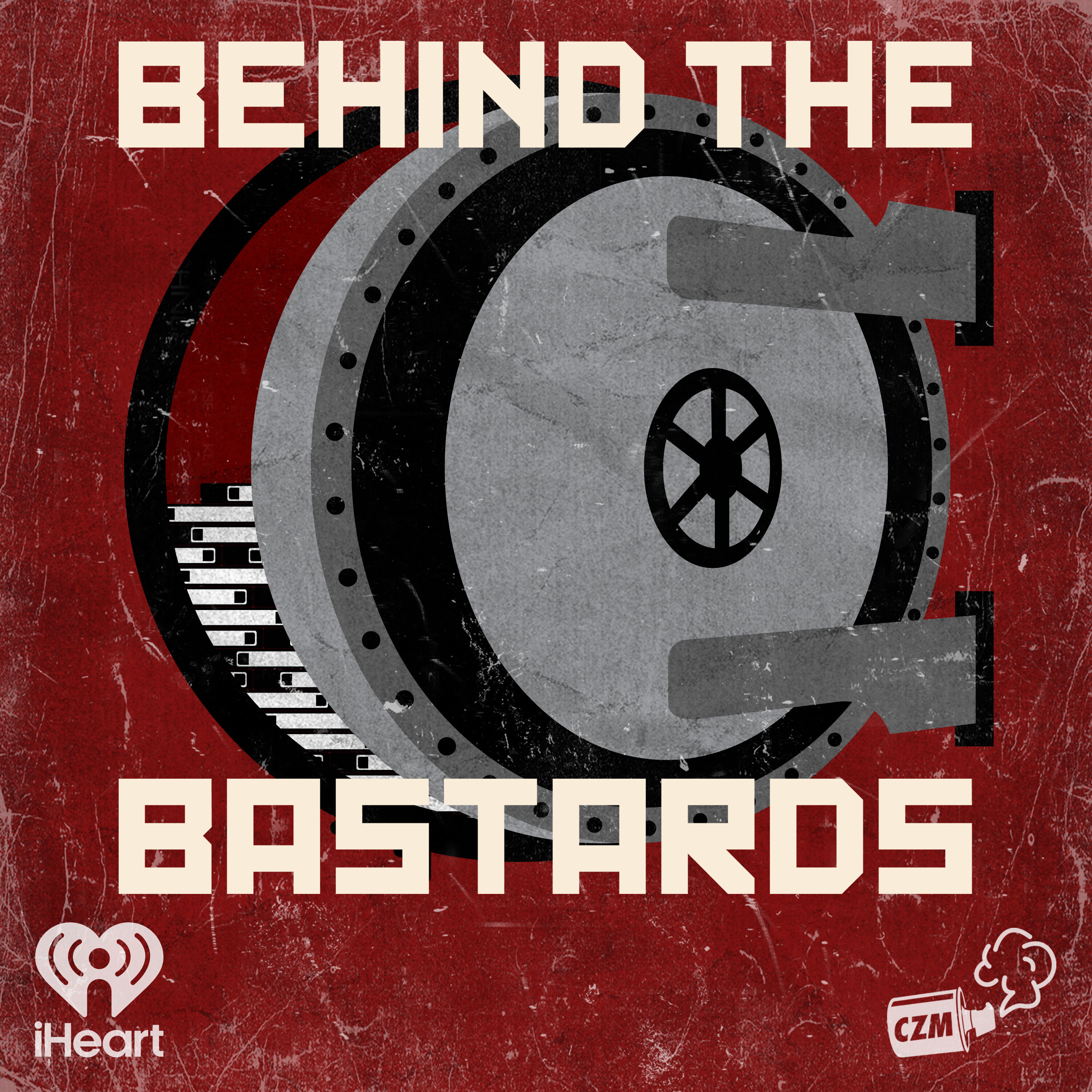
Bulletproof For BJJ Podcast
Discussions on improving your BJJ, navigating mat-politics and all aspects of the jiu jitsu lifestyle. Multiple weekly episodes for grapplers of any level. Hosted by JT and Joey - Australian jiu jitsu black belts, strength coaches, and creators of Bulletproof For BJJ App. Based out of Sydney, Australia
Bulletproof For BJJ Podcast
Dr. Andrew Lock On What Separates World Champions & How They Come Back From Injury
Dr. Andrew Lock was a legend in the world of strength, rehab, and helping others. This clip is an excerpt from the episode we had the pleasure of filming with Dr. Lock some time ago.
Listen to the full podcast here: https://www.youtube.com/watch?v=O9HRp9j521w
Increase athleticism, reduce injuries and build a grapplers physique with the Bulletproof for BJJ App. Start your FREE 14 Day Trial today:
iOS: https://apps.apple.com/au/app/bulletp...
Android: https://play.google.com/store/apps/de...
Stay Hydrated with Sodii the tastiest electrolytes in the Game! Get 15% OFF: BULLETPROOF15 https://sodii.com.au/bulletproof
Unlock the jiu jitsu game you've always dreamed of! Get $16 off: BULLETPROOF16
https://submeta.io/
A good martial artist does not become tense, but ready.
Speaker 1:Essentially, at this point the fight is over, so you pretty much flow with the goal.
Speaker 3:Who is worthy to be trusted with the secret to limitless power.
Speaker 1:I'm ready.
Speaker 3:No man, I've even got a spine here. How good's that there's a spine for you.
Speaker 1:Oh yeah, dang, who'd you rip that?
Speaker 3:out of. It's actually from Cadaverbone. This is a real shit. One Shit hot this little muscle. All right, it's actually from cadaver bone. This is a real shit. One shit hot this little muscle on. All right.
Speaker 3:If you want to pop a posterior disc, you apply flexion and compression to it. All right. So flex the spine, compress the front. Disc material is going to go that way. That's how your nucleus is going to go. That is the mechanism of lumbar disc herniation has been proven for so many years. It's ridiculous.
Speaker 3:Um landmout paper was by a guy called Adams. You can hunt it up About 1982 or 84. Every paper ever since. It doesn't matter whether it's a computer model, it doesn't matter if it's an animal model, it doesn't matter if it's a cadaver study, it doesn't matter if it's an MRI study. Every single study that's ever been performed shows that if you put pressure down and flexion to that position here, you will cause some migration of the nucleus or at least the pressure gradient within it.
Speaker 3:Okay, that's how you piss off a disc. If you go into extension too hard, too often, that's how you're going to fracture the facet joint. That's your spondylolisthesis. Straightforward, that's mechanics and physics. Compression down on top. You fall down off the ladder from the roof you've been painting, you land on your feet, body weight compression down you've got an end plate fracture. There you go. It's simple physics. There's no mystery to this. I always listen to interesting things where you see people say, oh, we don't know much about lumbar spines. Speak for yourself. I freaking know pretty much everything there is about lumbar spines, and so does anyone else who's reasonably well-educated. But it takes a long time to get that good to know it. It's easy to say we don't understand. Then you're just blaming the patient for being shit and it's not your problem for being a shit clinician.
Speaker 1:Well said, well said, I mean with that because so much of jujitsu, especially if I look at like jujitsu as a sport because, like you know, the first couple gyms I trained at were predominantly guard focused. You know we didn't do a lot of um, takedowns and wrestling which requires a strong back, good extension, like judo. You know, since I've, you know, become a black belt in juj-jitsu, I've started training judo and so much of that is about having exceptionally good posture and having really strong upper back. That's so crucial.
Speaker 1:You don't do these hunched jiu-jitsu postures um, having games which are really based around being fighting off their back, having their hips flexed, being in these rounded postures, inversions, man, like a lot of the people I mean don't let me speak out of pocket here but we see a lot of jiu-jitsu players coming in and they look like hunchback golems. They do not look athletic, even elite jiu-jitsu players. When you meet them, you're like, oh, like you know, I'm not. I'm not talking about gordon ryan here, I'm talking about like they do not look athletic, even elite jiu-jitsu players. When you meet them, you're like, oh, like you know, I'm not talking about Gordon Ryan here, I'm talking about, like when you see the Meow Brothers, they look kind of hobbled.
Speaker 3:Welcome to being out of balance and being successful, right. Right, that's a hallmark of the person who survives it. Not everybody's going to get injured, right, and the elite athlete tends not to be an athlete. You tend to know. Not always the one who gets injured, it's the one who didn't get injured. There might be more talented people out there, but their capacity to endure the work was lower Sort of bit of evolution. The person who can survive that quite well will tend to be the person who lasts the longest. It doesn't mean everyone's the same. There are people out there who are very fragile. Um, share the slightest little thing and I heard I can't train man.
Speaker 3:I've seen world champions tear pecs and still compete. You know there's the famous bill kazmaier. He tore his pec in the world's strongest man comp. Yeah, then he set a deadlift record 20 minutes later. You know, I remember seeing Andrei Milanochev. Now he's one of the greatest all-time powerlifters.
Speaker 3:Andrei, from Russia, came out and he laid down the bench press in this massive comp and he missed a 250-kilo bench press. He stood up totally impassive, lumbers off the stage 10 minutes later, comes back, gets a 250. 10 minutes later, gets a 260. I think wow, to win the comp he has to deadlift 400 kilos and he pulls off a 400 kilo deadlift to win. Uh, guess what? Andre actually tore his tricep on that. First miss deadly. Uh, first miss bench press. These people are not normal, but that's why they are who they are. And there's that expression, as a professional that you've just got to understand, that you're going to get people who are going to be different. But the mechanisms of injury and rehab should we have to deal with them are all the same. The underlying principles are the same, it just depends. Some people will last and other ones won't. Was Michael Jordan such a, you know, reasonably the greatest player of his time? Well, he was certainly the one who survived his training.
Speaker 3:Right, there may have been someone with more talent who didn't make it.
Speaker 1:Right, for sure.
Speaker 1:And I guess you said something interesting to me in one of our sessions when I saw you. This was many years ago when I was at Blue Belt, but I think I had a neck injury, like I'd kind of compressed my head, I had pain in my neck and and um, and I said, oh, you know, like you know, should I just be doing all these neck strengthening and all this different stuff? Because I got guillotined? And you said, well, if someone wants to grab your head and kind of snap your neck with their whole body weight, um, they're probably gonna injure you. You know, like, even if your neck's really strong, if someone just decides they're going to bend your joint the wrong way, there's only so much you can do. Like you, you will be injured. You're kind of. I guess what I took from that is like the inevitability is you're going to get an injury, but if you are better prepared, it won't be as bad than if you were not totally right, yeah, your ability to have a bigger safety net to be able to survive that.
Speaker 3:And a lot of what we talk about is the accumulation of forces. If you can decrease the accumulation of forces that lead to an injury, then you've got a bigger capacity to be able to survive an impactful event. That's why we might talk about the neutral training spine at certain times, because you're teaching a person to use a better movement pattern at times that they don't need to be in flexion, so that when they do need to be in flexion, go for it, impose the load. I'm fresh, I'm ready. But if you're wasting your flexion as an injured individual, who's you know?
Speaker 3:The statistics on lower back are very obvious. It's 80% of all adults will have a lower back incident in their life and over 90% of them have recurrent incidents. All right, what's not happening here? Someone's not addressing the cause in the first place. Now, if we address the cause, then we don't have the recurrence.
Speaker 3:An interesting one is spinal fusions. Right, if a person has a spinal fusion of a segment because it's basically unstable, causing problems, within a few years you tend to get the level above or below. It starts to degenerate. Now, is that a failure of surgery or is that a failure of rehab? I'm going to tell you it's a failure of rehab Because someone hasn't addressed the initial movement patterns that caused the first reason for the fusion. You've just gone and stuck someone straight back out there and you haven't even addressed the reason that they need the fusion in the first place.
Speaker 3:Okay, now we're going to start addressing the failure of rehab. Rehab has to address the movement patterns that led to the injury. That's pretty much where it sets up. So we want to give people resilience out there and then we want them to be able to go out and lift up a 200 kilo atlas stone, because they've got the capacity to do it nice I want to ask regarding the spine, um and I I had a knee, so I had a knee reconstruction a few years ago now and it it always sort of makes me laugh a little bit.
Speaker 2:Whenever I meet someone who's had an injury, um, potentially something that they've got to have surgery on. They get the mri, they go see the surgeon and what they come back to me with is always surgeon told me it's the worst fucking knee they've ever seen they told me they told me they can't believe that I'm still walking on this thing and you hear this right all the time and obviously surgeons have a you know whatever.
Speaker 2:There's a bit of a bias there. But my question is I've heard that with the spine, um and this ties into your evolutionary kind of background of of where the spine evolved from but if you put a magnifying glass on anyone's spine, you're going to see damage. Of course is is. Is it the case when you're looking at the body, that you're going to see damage everywhere and so kind of what you're looking at, the body, that you're going to see damage everywhere, and so kind of what you're getting at in that last point was that it's your capacity to be able to withstand a bit of the damage, but it doesn't affect you negatively, like it's not the kind of thing that's going to lay you up for months.
Speaker 3:Oh yeah, absolutely. I think realistically when I look at it. We have different expressions of collagen, for example, our hair, our discs, various things and there are some people who have collagen deficiencies. Now they're going to be far and their collagen basically is more flexible. It's not as well constructed. That's a genetic situation.
Speaker 3:Now in evolution that person may or may not have an advantage or a disadvantage, but in the society we now live in, everyone basically gets support to exist. But if you look at the real tough world of what it is, perhaps those people are going to have a challenge, especially someone who's hypermobile, perhaps going into jujitsu, because their joints are going to go to positions that are a bit different to everybody else. So on the spine, yeah, you'll see some damage. But then again I can look at my basically 80-year-old mother-in-law and she's got a spine like a 16-year-old ballerina because she's never done any exercise in her life and her spine looks like the muscles around it look like Wagyu steak. It's that fatty and, you know, never used. I'd swap my spine for that any day. I haven't even got a disc left between the last two vertebrae. I blew it up 20 years ago Now. It went from the process of being absolutely yeah, it's called exploded. I really blew the bastard up right. Took two years to walk properly again. Fuck, I haven't had a back problem basically since I resolved the issue, but over time that just kept degenerating until it's just bone sitting on bone. It's nice and fused down there. Didn't have any pain or problems either. So there's no correlation that says because it's got degeneration, it's going to hurt. Well, there's no correlation that says because it's got degeneration, it's going to hurt. Well, there's your melanogen. Tall, my tricep, yeah, and I've got another bench to do.
Speaker 3:All right, not everyone's like that, and so we can play with the different processing of pain. But then again, dysfunction is imperative. A lot of those people who, when they tear something and they are majorly good athletes I never really actually bring it back to the top level again. They're up there, they're close, they're competitive. But you can look at a lot of the greats. Look at Dorian Yates, for example. Look at Ronnie Coleman. When the shit starts to go, it's gone, you're at the top. You don't quite take it back there. The idea here is that you want stop the process to which those things limit you. So yeah, you can have degeneration, you can have dysfunction. But if we can treat the dysfunction and make you more fundamentally resilient, then you can continue on being competitive and you can go to a world championship again. But you've got to understand the processes behind it. Just because you don't feel pain doesn't mean that you're functional.





